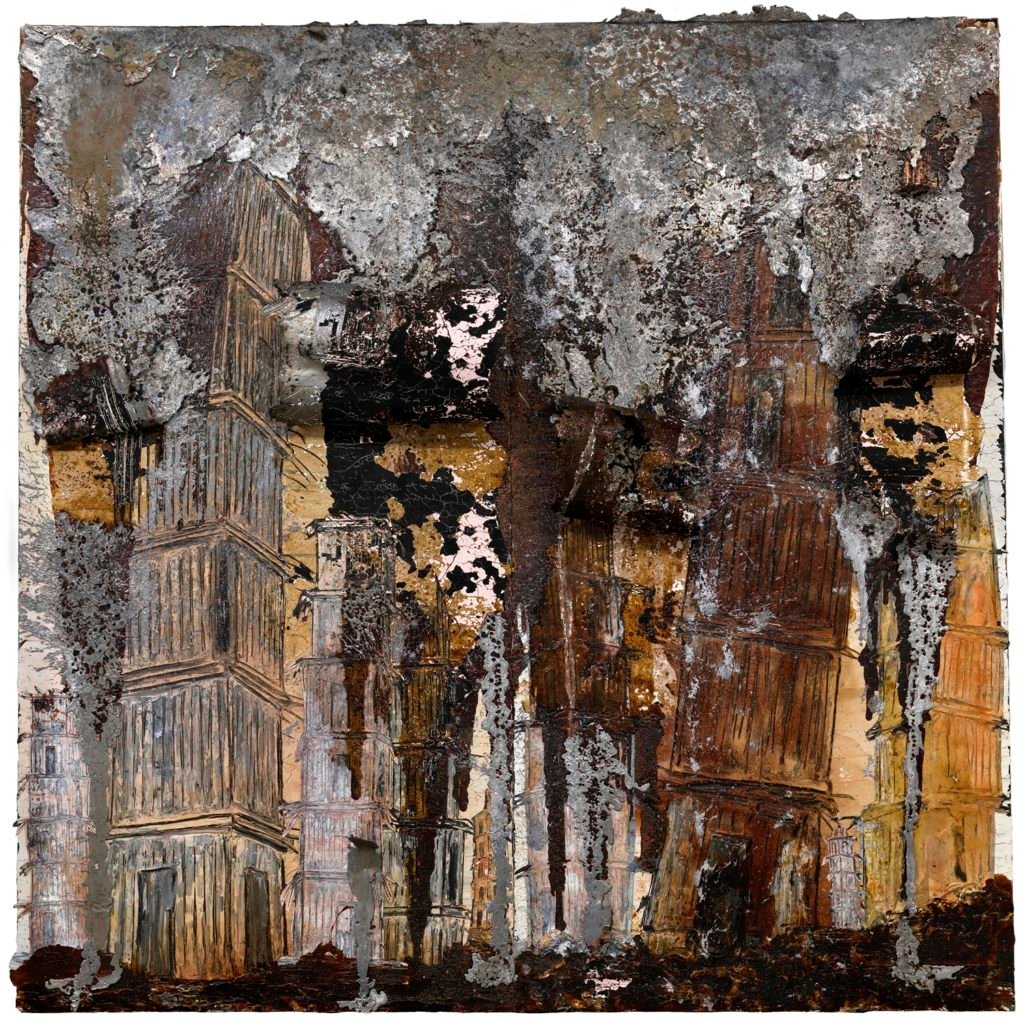Toulouse Lautrec
Well what an interesting read, this artist has had a somewhat unfortunate start during his early years.
Source - https://www.toulouse-lautrec-foundation.org
Henri Marie Raymond de Toulouse-Lautrec Monfa was born in France and was the son born into an aristocratic family (descendants of the Counts of Toulouse).
Throughout history, money seems to have played a big part in marriage. In fact, the practice of royal intermarriage, or consanguinity as it is known, of members of ruling dynasties marrying into other reigning families in common. The Toulouse-Lautrec family were no different with this inbreeding, as his own parents themselves were first cousins. With this it is speculated that Henri suffered from a number of congenital health conditions attributed to this tradition of inbreeding.
At 13 he fractured his right thigh bone and at 14 his left. It is now thought that this also was an inherited genetic disorder, a bit like osteoporosis or along that same disorder. His legs ceased to grow, so that as an adult he was only 1.54 m, having an adult size torso with child size legs.
With these troubles Herni immersed himself in his art.
He became an important Post-Impressionist painter, art nouveau illustrator, and lithographer; and recorded in his works many details of the late-19th-century bohemian lifestyle in Paris. Toulouse-Lautrec also contributed a number of illustrations to the magazine Le Rire during the mid-1890s.
I think Herni has captured the time, happening and spirit of the French people that moment in time. The high end balls and dancers with the low end prostitutes and the brothels/back streets. This is a time that is now forgotten and yet it lives on in these works. I feel that even a photograph wouldn't have gave the same sense of atmosphere Herni now gives us in the works below.
I think the images seem to be broken up and of different technique and brought together a different stages. Many of the images have bold colour backgrounds and I think this adds a bold eye catching feature to the advertising.
 |
| For me this is mix of mark making and different perspective all on one image. the way the balcony comes out adding 3d form against a texture curtain backdrop. The eye is moved down and around the image. The woman isn't for me a stand out feature |
 |
| This one I can also sense the feeling of confetti falling on the woman. Its fun and captures my imagination |
 |
| I like the action in this work, speed, performance etc |
What I first noticed in the lithographs I viewed was that the colour palette seemed primary and secondary only, with that being just a splash of colour here and there. The other thing was the movement, fun and energy in each image. I feel that Herni captured the fun and fanciful world of the theatre, women and entertainment in a simple elegant way. Many of the images for me aren't interesting in the way of the human model but of how the whole image is brought together and it is the background/foreground that makes the scene interesting, the colour palette or directional marks he introduces.
Toulouse-Lautrec spent alot of time in brothels, where he was accepted by the prostitutes and madams to such an extent that he often moved in, and lived in a brothel for weeks at a time. He shared the lives of the women who made him their confidant, painting and drawing them at work and at leisure. Lautrec recorded their intimate relationships, which were often lesbian.
 |
| pastel which I think is beautiful |


While the above images aren't prints I love the form and marks made that create such fullness. I'm almost in the scene and feel the lust and power of these women. How can a simple picture capture such emotion. Notice the women in each picture look similar. Herni was said to draw the same women in his work. Because he knew them so well I do wonder if this helps to bring out the intensity which evokes an emotional connection with the viewer.
See how above image is simplified below
Such simple and sure lines.
An interesting use of the silhouette and something that was maybe thought of or taken from the more detailed sketch above.
For me it makes my hand works seem ok ,with regards of the amount of time its taken me to actually study the lines and marks in my final print. In truth I probably could of looked at different mediums of the same image to understand how the form and contours take shape etc. These prints and Herni's work have given me a different way of relaxing about how much study is important. Also knowing your subject must help overall.













































































